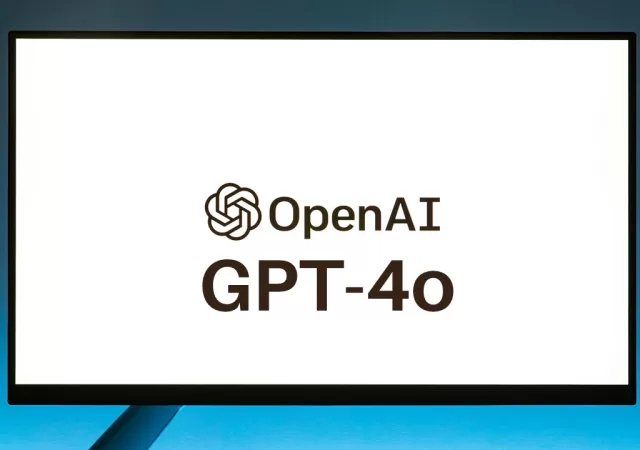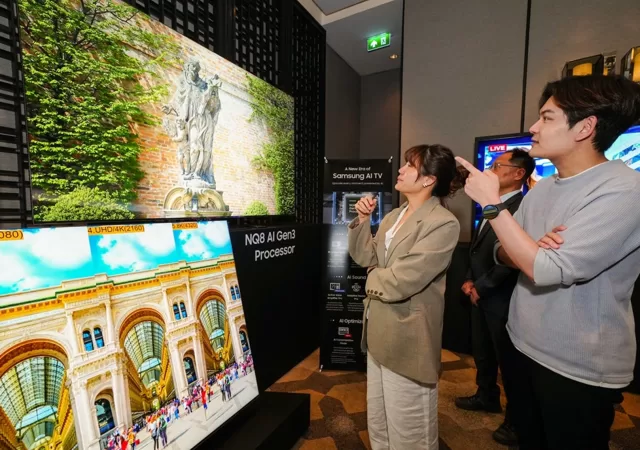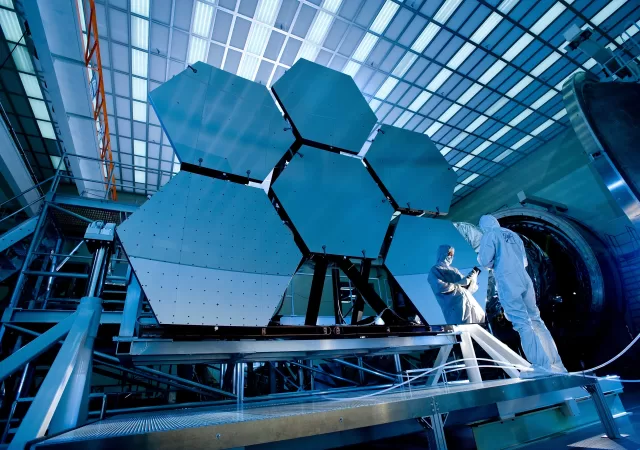Open AI announces GPT-4 omni (GPT-4o), a more advanced model of GPT-4 capable of more than just text generation.
AI and Environmental Sustainability – A Symbiotic Relationship
Explore the game-changing potential of AI and its impact on industries and economies. Discover how data processing and data centre performance are crucial for leveraging this transformative technology.
Lenovo & Austral Techsmith Join Forces to Revolutionize Smart Cities in Malaysia
Lenovo and Austral Techsmith join forces to bring next-generation video analytics to Malaysian cities through their strategic partnership and innovative 5G smart poles.
Samsung Ups the Ante on TVs with AI Tech at 2024 Southeast Asia Tech Seminar
Samsung shows off the latest smart TV innovations at the Southeast Asia Tech Seminar with new processors and a focus on AI.
Schneider Electric and NVIDIA Collaborate to Revolutionize Data Centre Infrastructure
Schneider Electric and NVIDIA join forces to push the boundaries of innovation in data center infrastructure. Explore the future of AI and digital twin technologies.
OPPO Shows Off Air Glass 3 Concept at MWC 2024
OPPO showed off the Air Glass 3 concept device at MWC 2023 that brings a whole lot of improvements and AI-powered features from AndesGPT.
Lenovo’s ThinkPad & ThinkBook Laptops Get Infused with AI Technology
Lenovo announces refreshes to its ThinkPad T series, the ThinkBook 14, ThinkPad X12 Detachable and ThinkBook 14 powered by the Intel Core Ultra at MWC2024.
Navigating the Transformation Paths in the Architecture, Engineering, and Construction (AEC) Industry
Intuitive design software and earth-friendly material are part of the AEC industry evolution. Keeping up with the times with architecture key.
Back to Normal Comes with Recruitment Woes & An Increasing Role for AI in SMEs
Post COVID, SMEs are finding it hard to compete for talent with MNCs. However, they can compete with the right technology and mindset.
How Technology Changes Company Thinking And Company Performance
This article is contributed by Varinderjit Singh, General Manager, Lenovo Malaysia While I think most of us would expect large organizations to include forward-thinking technology in their overall business strategies, we’re starting to see this with SMBs as well, including…












